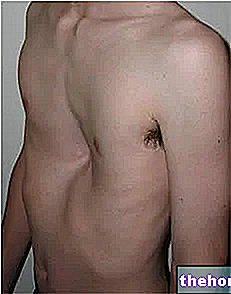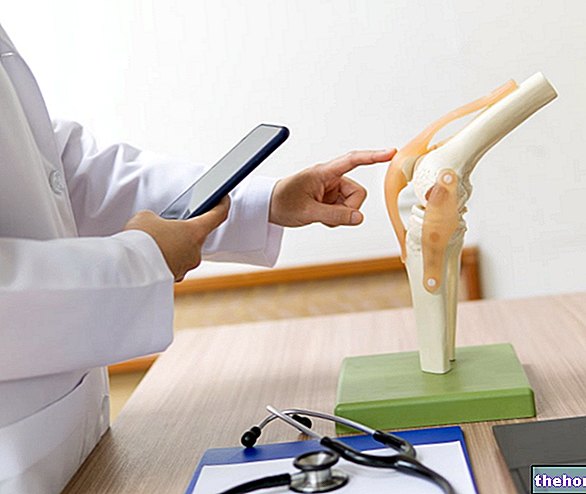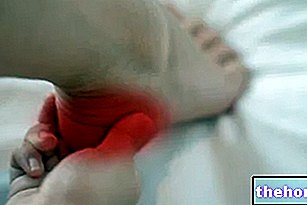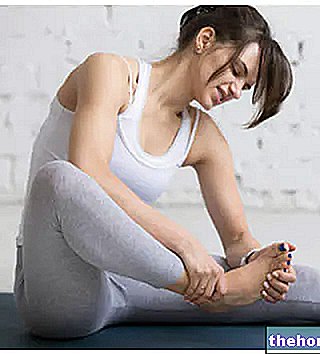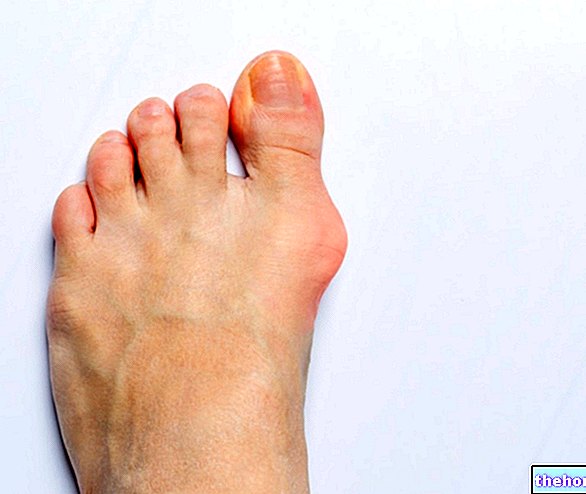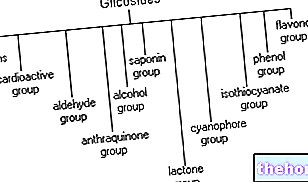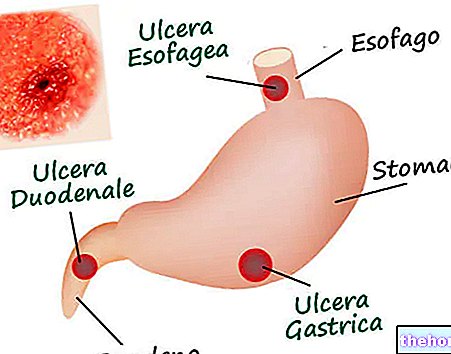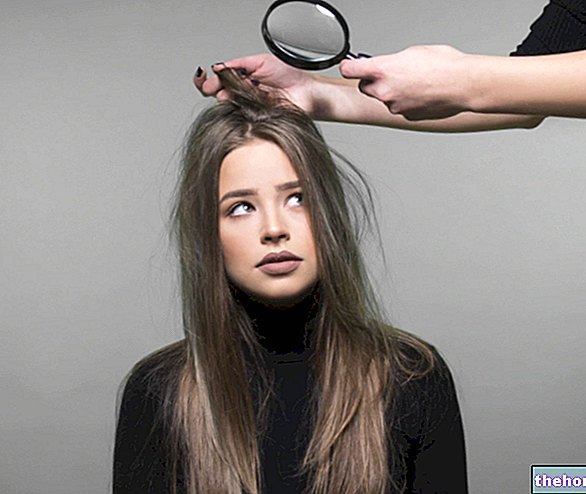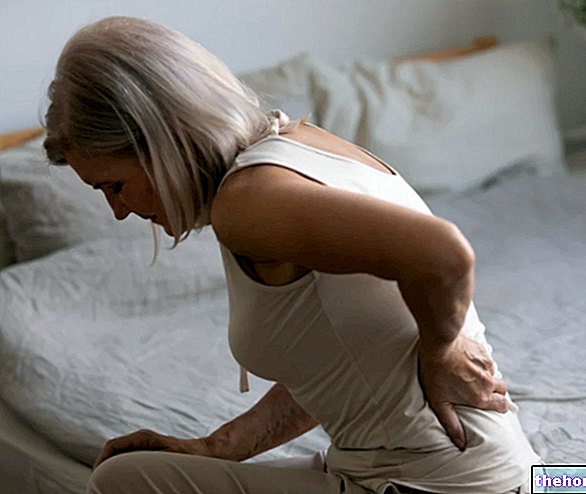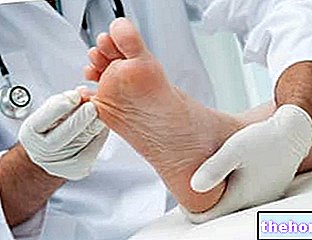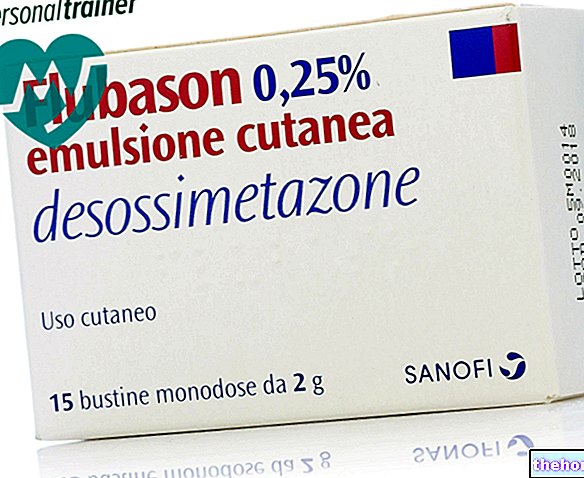Edited by Dr. Davide Cacciola
Introduction
The foot can be considered as the terminal buffer of the postural system. Due to this characteristic he deforms, twists, balances to harmonize the postural imbalance on the ground. This imbalance is often caused by imbalances in other receptors that affect posture (stomatognathic system, sight, inner ear, etc.)
Instead, it rarely represents the main cause of altered posture, at other times it has mixed characteristics, both adaptive and causative.
A careful postural examination in statics and dynamics carried out by an expert therapist allows to identify the nature of the breech anomalies and the consequent suitable postural treatment.
The main breech anomalies and postural consequences are analyzed below
Foot Varus
The varus foot is characterized by a varus talo that causes an external rotation of the tibial and femoral axes, with a tendency to the varus knee and patellar hyperpressure.

This condition triggers a series of postural consequences:
- external positioning of the leg and thigh;
- external positioning of the kneecaps resulting in excessive external pressure of the knees (knee varus)
- external rotation of the femur which can cause osteoarthritis of the hip joint in the long run;
- verticalization of the sacrum and reduction of the curves of the spine resulting in a flat back and flat buttocks
Various asymmetrical feet
In this case both feet are different as in the previous condition but they are asymmetrical.
This condition causes tilting and rotations of the pelvis to which the spine will adapt with vertebral blockages at various levels or with the onset of scoliosis.
Therefore, the consequences related to varus described above in the case of various asymmetrical feet are added to scoliosis or vertebral blockages
Valgus feet and flat feet
Flat foot is associated with talus valgus. The internal sinking of the foot causes an internal rotation of the tibial and femoral axes, a tendency to knee valgus and an internal misalignment of the patellae.
This condition triggers a series of postural consequences:
- internal positioning of the leg and thigh;
- internal positioning of the kneecaps (knee valgus);
- forward projection of the pelvis (anteversion)
- increased lumbar lordosis (hyperlordosis)
- increase due to the consequent compensation of the other curves (dorsal hyperkyphosis, lumbar hyperlordosis)

This condition causes compression tension on all lumbar vertebrae, general stiffness and risk of contractures.
Asymmetrical valgus feet
In this case both feet are asymmetrical as in the previous condition but they are asymmetrical.
This condition causes tilting and rotations of the pelvis to which the spine will adapt with vertebral blockages at various levels or with the onset of scoliosis.
Therefore the consequences related to valgus described above in the case of asymmetrical valgus feet are added to scoliosis or vertebral blockages
Disharmonious feet
It is about two feet with opposite characteristics, one valgus and the other varus
In this case there will be opposite rotations of the legs which will go one in internal rotation the other in external rotation
This condition causes tilting and rotations of the pelvis, which in turn will cause scoliosis or vertebral blockages at various levels.

Double component feet
It is the same foot that has valgizing and variating components. It can be seen by studying the way forward and backward, not in the upright position.
Usually during the walk this foot first rests on the outer edge of the heel, falling immediately afterwards in valgus. This condition causes the body to lean forward with possible consequences:
- excessive tension of the lumbar vertebrae
- anterior scapular plane
- goose leg tendonitis
- calf pain
- plantar pains
- claw toes and calluses on the feet
As mentioned in the introduction, it must be considered that most of the time the foot adapts to imbalances of other receptors which will be considered primarily if the problem is to be resolved definitively.

